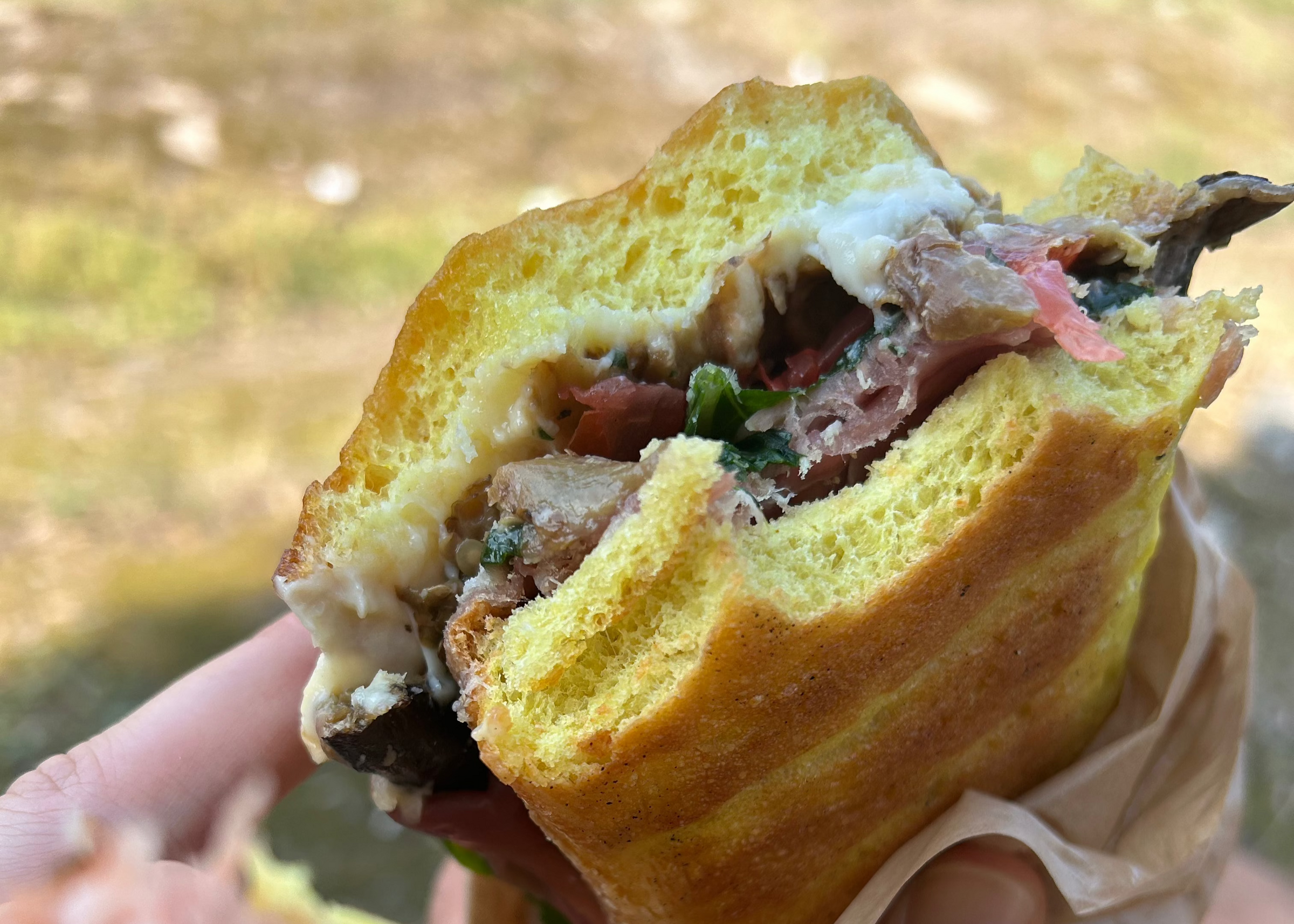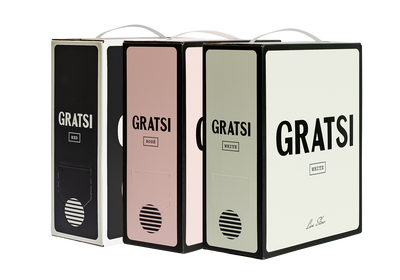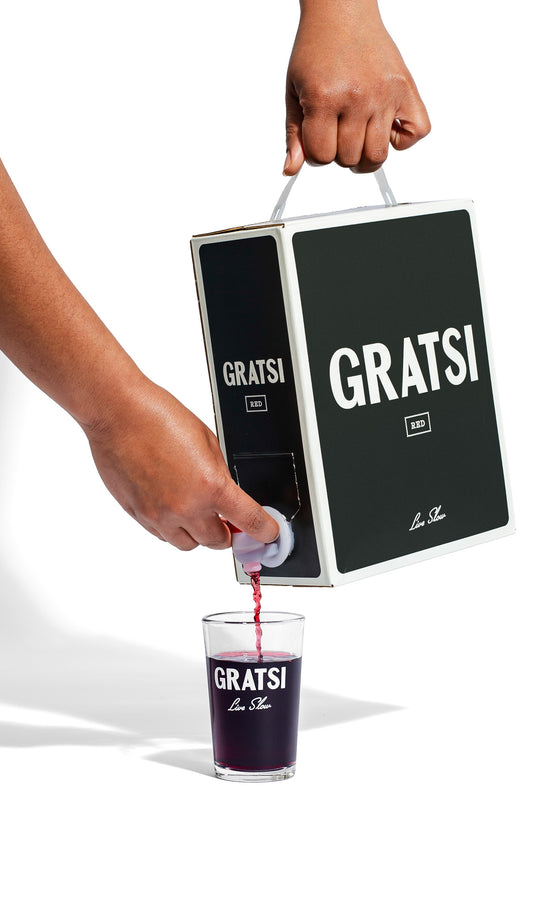Breaking Bread – the diverse culinary traditions of bread across the Mediterranean
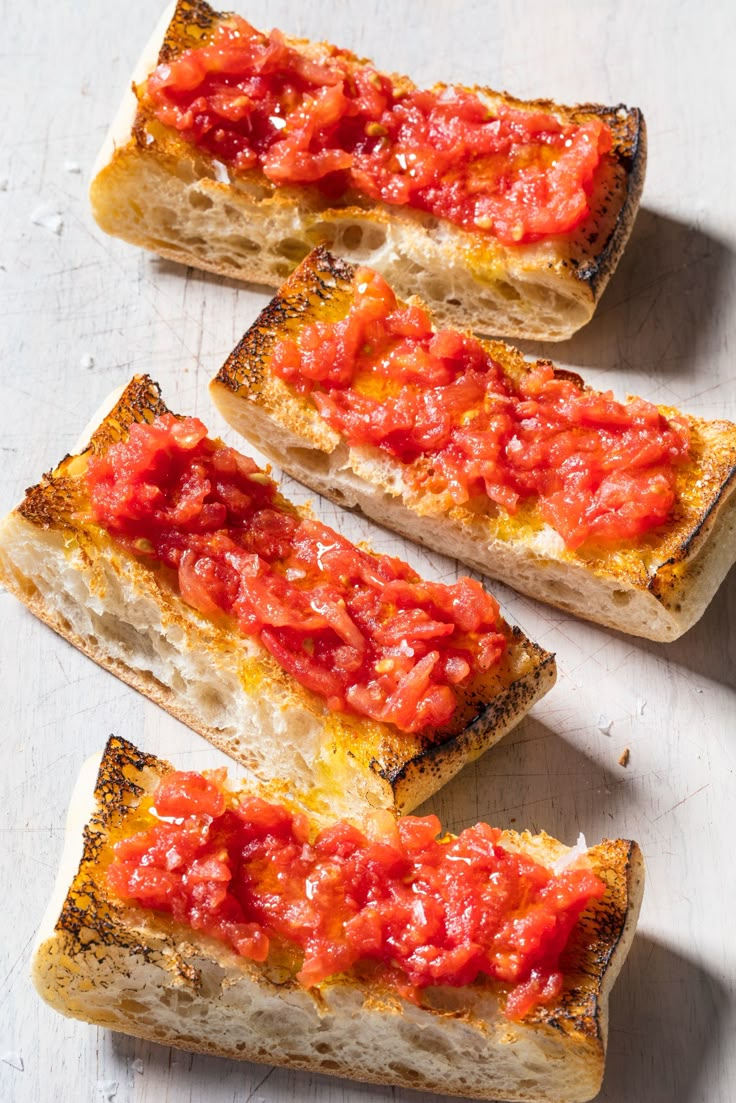
Their breads tell the story of invasions, trade routes, climate, and the role of bread as both sustenance and symbol.
Breaking Bread – the diverse culinary traditions of bread across the Mediterranean
By Antonia Fest
February 25, 2025
There is an Italian proverb, "Bread is the king of food." There’s a French saying, "Without bread, all is misery." In Spain, they proclaim, "Where there is bread, there is joy." Grecians are known to quote, “Bread and Salt, our life.” And in Portugal, a sense of community is summarised with the adage, "At the table and with bread, everyone is a brother." Along with the rest of the world, these Mediterranean cultures have strong and ancient ties to this most humble of foods. It is a vital embodiment of life, customs, spirituality, and kinship. These are the communal values, but each country has cultivated unique traditions that have evolved over centuries. Their breads tell the story of invasions, trade routes, climate, and the role of bread as both sustenance and symbol.
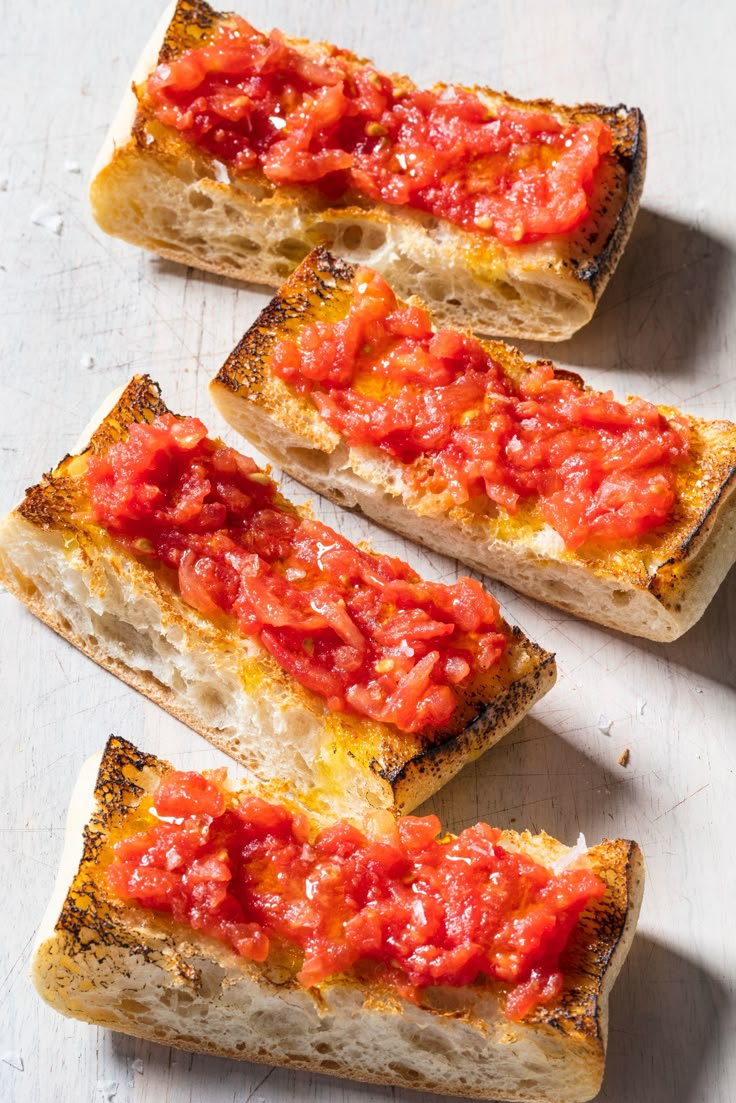
FRANCE
Look no further than the baguette for the most iconic symbol of France but funnily enough, its origins aren’t steeped in a deep history. The long slender loaf as we know it today only appeared on the scene in the mid 19th century when French bakers began to experiment with different shapes. At the turn of the 20th century with the rise of industrialisation, the baguette’s influence grew as it was easy to mass produce. Now, it is the steadfast staple of the Frenchman’s home and it is calculated that one baguette per person per day is consumed on average. Paired with a soft cheese or a slab of butter, and accompanied with a glass of red wine, is there any greater yet simpler pleasure?
In addition to the baguette, the pain de campagne (country loaf) is another firm favourite. Usually round in shape and nutty in taste, this was historically the bread of French peasants who would bake their loaves in communal ovens. As a direct counterpart to the sophisticated baguette, the rustic pain de campagne is a reminder of modest living.
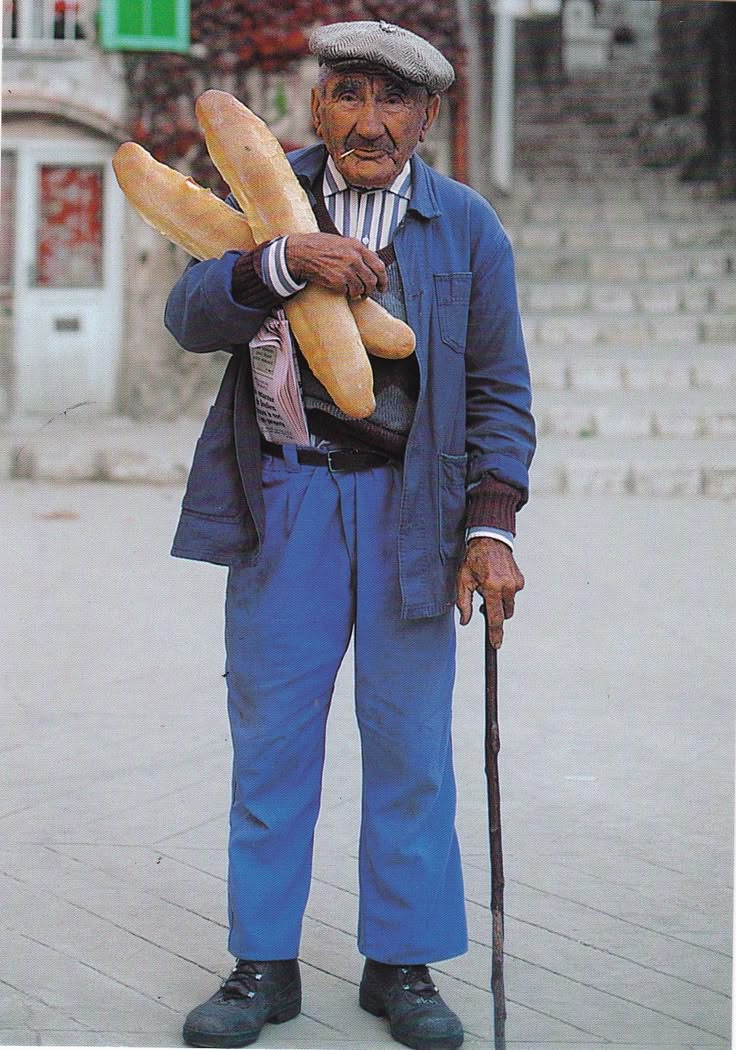
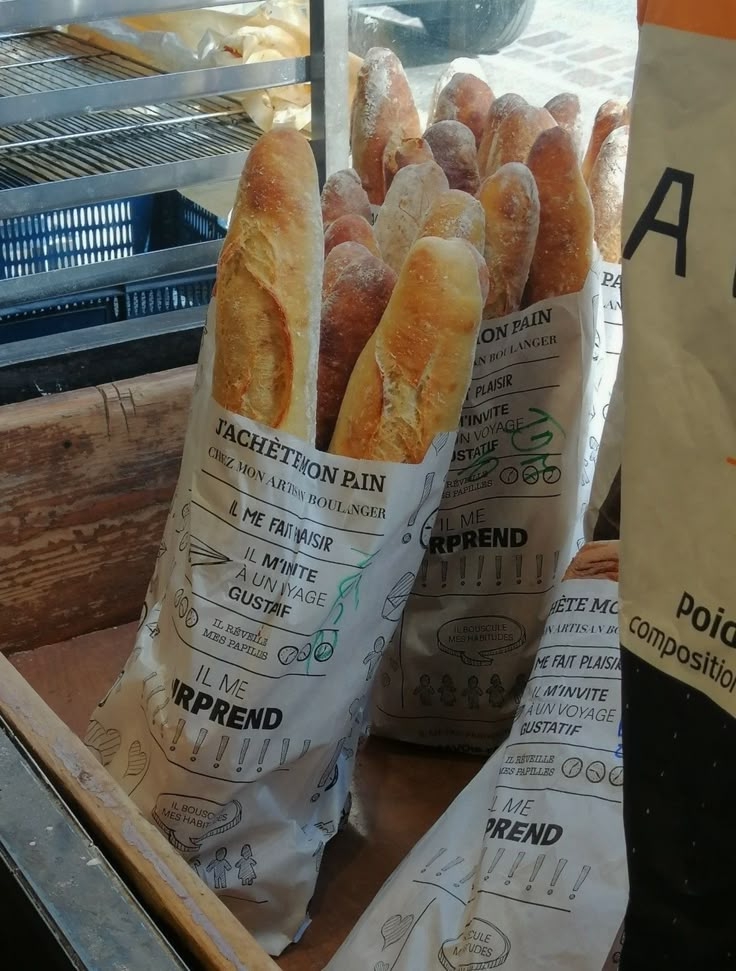
SPAIN
Spain, with its diverse landscapes and regions, boasts a broad variety of breads, each reflecting the different cultures and histories that have shaped the country. As with France, one of Spain’s most famous loaves was born out of the rural hinterlands. The Pan de Pueblo (village bread) is an iconic large crusty loaf typically made with a mix of wheat and rye flour. It can be traced back to medieval times when often many families would share the same loaf (hence the name). Nowadays, its used in the most adored national dishes like pan con tomate or migas which is made with leftover breadcrumbs. These are simple, inexpensive recipes which pay tribute to humble origins. By contrast, Spanish delicacies like the exquisite jamon iberico are best served on a lighter, less intense loaf so that the subtleties of the meat are not overpowered. For this, the pan de barra - essentially a Spanish baguette – is the go-to choice. Its also used for most tapas acting as the vessel for a variety of toppings such as anchovies, cheeses, marinated vegetables, and cured meats.
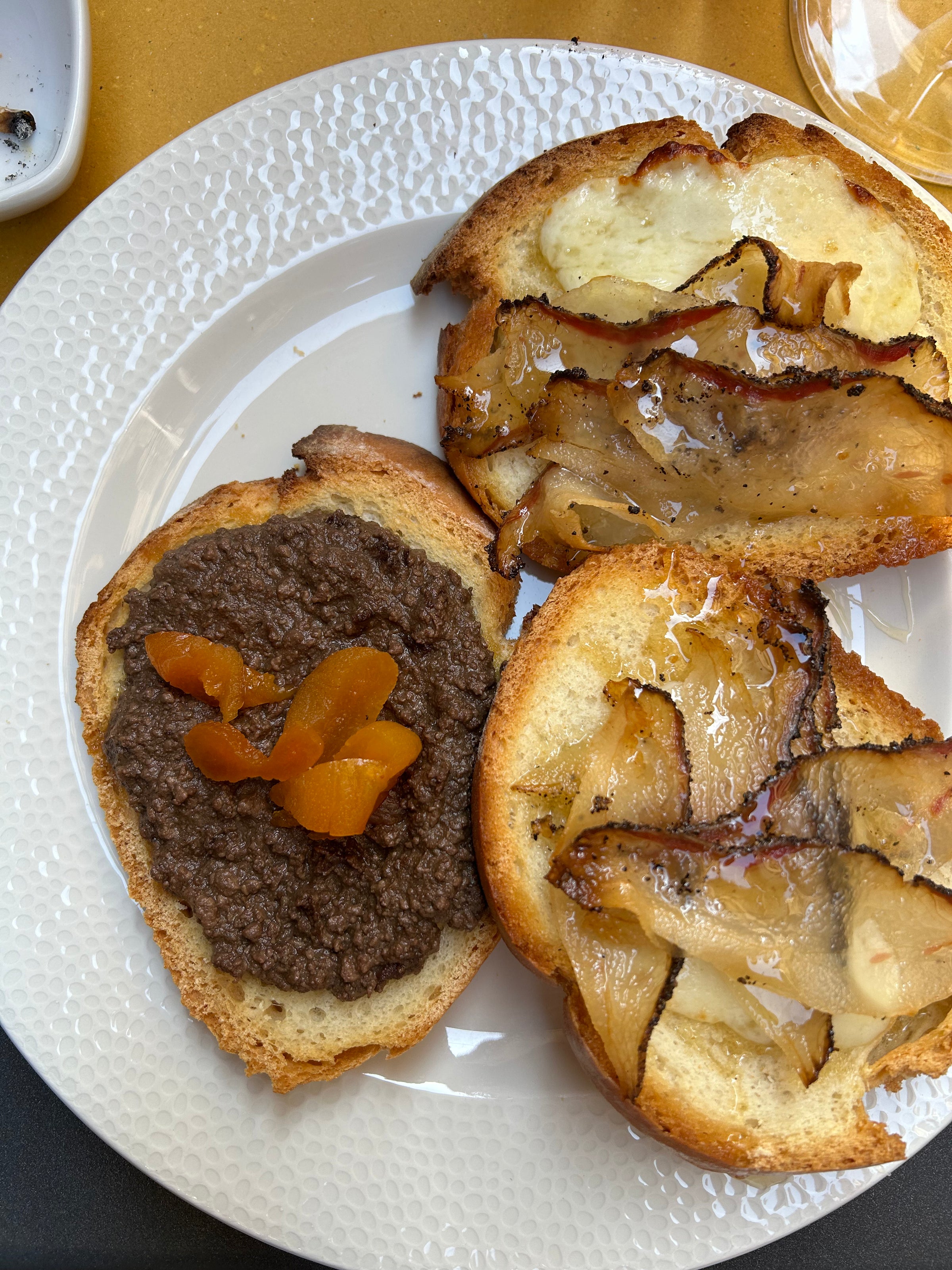
ITALY
Italian bread is as diverse as the country itself, with each region offering a unique interpretation of the staple. From the soft and fluffy breads of the south to the hearty, crusty loaves of the north, Italy’s bread culture is rooted in the regional identity of its people. Everyone knows and loves the Ciabatta, a relatively young invention first baked in the 1980s in the Veneto and best used for sandwiches that ooze with mozzarellas, prosciuttos, tomatoes, and pestos. The name comes from the Italian word for ‘slipper,’ named as such for its, long, flat and irregular shape which some considered to have a slipper-like appearance. Its airy and crispy texture is countered by the dense, oily, spongy focaccia which derives from coastal Liguria. The focaccia dates all the way back to ancient Rome, where it was baked on hot stones, but its Italian version has evolved into a soft, thick bread that complements the region's seafood and olive oil.
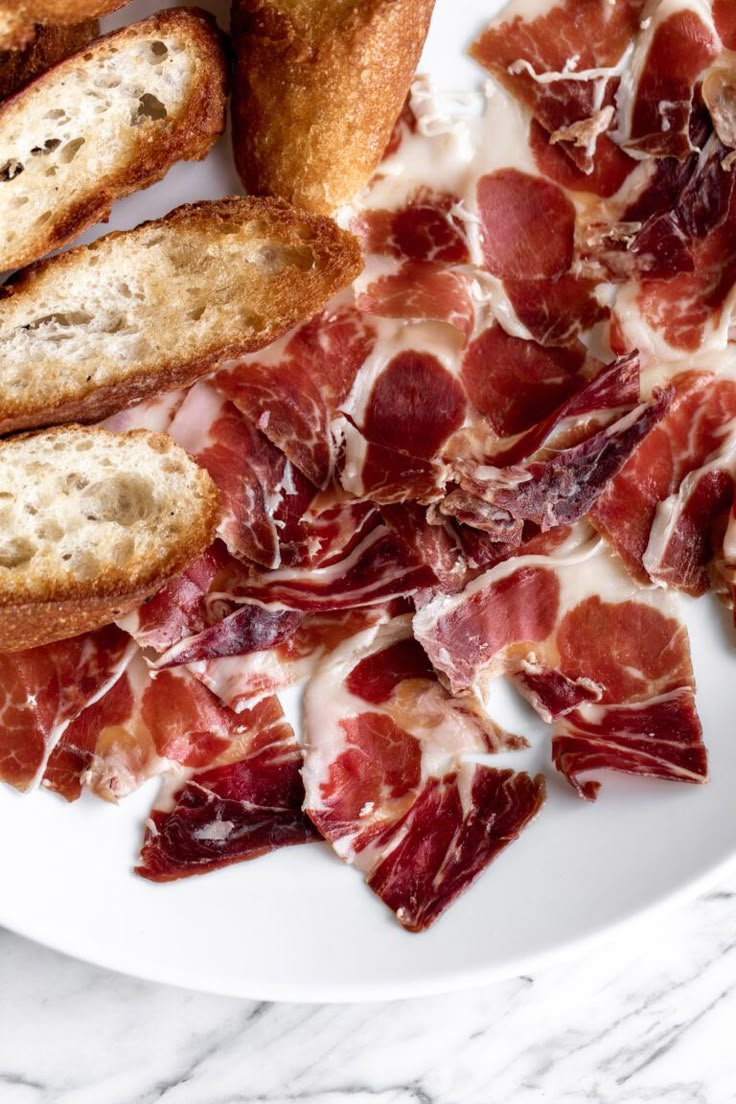
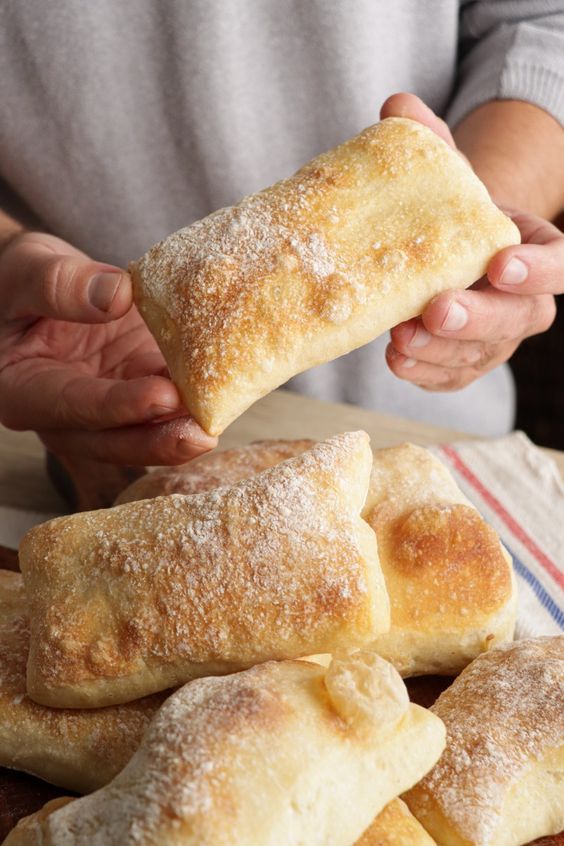
GREECE
In Greece, bread is more than a food item—it is an integral part of religious rituals, family gatherings, and daily life. It has been this way since antiquity. The village bread known as Horiatiko is a loaf that can be traced back to ancient times where it was used in religious offerings to the gods. Today, the hearty wood-fired bread is served alongside all the greatest Grecian exports; feta cheese, olives, and Greek salad to name a few. Whilst Horiatiko is never missing from the dining table of a long, stretched out meal with wine and friends, the pita bread is most commonly seen on the go. The soft pillowy flatbread is the foundation of gyros and souvlaki, two of the country’s (and the world’s) most famous and adored street foods.


PORTUGAL
Portugal’s bread history is influenced by the country’s maritime past. Due to its location on the Atlantic coast, Portugal has had centuries of contact with various cultures, including the Moors, who introduced new bread-making techniques. Rather than an accompaniment or a vessel, bread is often an integral part of a Portuguese dish such as Bola de Carne (meat bread): bread is stuffed with savoury meaty fillings and vegetables as an homage to agricultural traditions. Similarly, Pão Alentejano from the Alentejo region is commonly served within stews or used to soak up the sauces of regional dishes like Açorda, a garlic and bread soup.
The breads of the Mediterranean are more than just food—they are symbols. Their extreme varieties from land to land but also region to region shows complex and chequered pasts as well as varying culinary traditions. Whilst tastes, textures, dishes and baking methods of bread differentiate the southern European countries, there are common threads which unite them. In all cases, they herald loaves which originate from erstwhile peasant communities and emphasise the dignity of these rustic roots. And most importantly, there is no denying the gastronomical and symbolic importance of having bread on the table at every meal. Whether it is served with Italian olive oil or french butter, stuffed with Spanish meats, or used to accompany a simple Portuguese soup, Mediterranean bread continues to play a vital role in daily life, and its rich diversity is something to be celebrated and savored.
